 Like Newton's falling apple or Archimedes' naked, dripping run through the streets of Syracuse, it has become one of those celebrated images in science, Watson and Cricks' immortal sprint from their laboratory to a nearby pub where they declared they've discovered the secret of life. What James Watson and Francis Crick were referring to, of course, was the newly-identified shape of DNA, the double-helix, which has proved to be the most valuable finding in modern science.
Like Newton's falling apple or Archimedes' naked, dripping run through the streets of Syracuse, it has become one of those celebrated images in science, Watson and Cricks' immortal sprint from their laboratory to a nearby pub where they declared they've discovered the secret of life. What James Watson and Francis Crick were referring to, of course, was the newly-identified shape of DNA, the double-helix, which has proved to be the most valuable finding in modern science.
What is not so well known is the chemical half of the pioneering duo, Francis Crick, had consumed before the famed discovery. At the time, LSD was used in controlled, Government experiments. Similar to Freud's thoughts about cocaine's potential to be a miracle cure-all, LSD was thought to boost one's mental capacity. Take, for instance, this sketch test conducted by the government in the 1950s. A patient was administered two injections of LSD and told to sketch the presiding doctor.
After 20 minutes the patient drew this: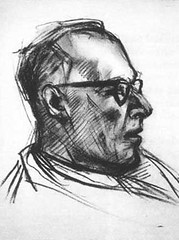
He said his perception had not changed and maintained perfect control of the pencil.
After 85 minutes the patient produced another sketch: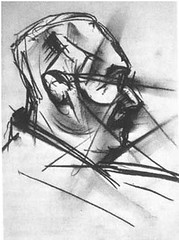
Euphoria sets in and the patient claims a lack of control, but also states he's experiencing heightened clarity.
After 2.5 hours of the initial dose the patient draws this: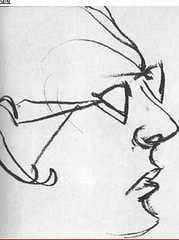
He says this of his experience: "I feel as if my consciousness is situated in the part of my body that's now active - my hand, my elbow... my tongue."
After 2 hours and 32 mintues the patient makes another drawing: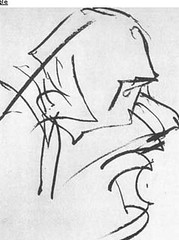
After 2 hours and 35 mintues renders yet another sketch: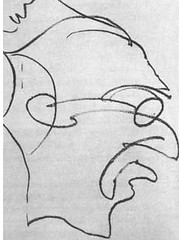
The patient breaks into uncontrollable laughter, but stops abruptly when he is startled by the floor.
After 2 hours and 45 minutes he draws this: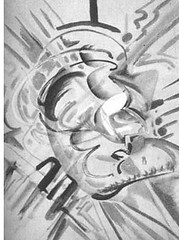
The patient says nothing, but does hum a tune to himself while drawing.
After 4 hours and 25 minutes: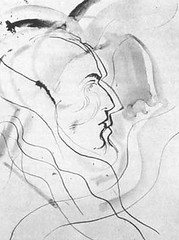
My favorite of the series, the patient said while drawing it: "This will be the best drawing. Like the first one, only better. If I'm not careful I'll lose control of my movements, but I won't, because I know. I know."
After 5 hours and 45 minutes under observation:
The effects have mostly worn off, however, a lack of fine motor articulation remain.
After 8 hours the patient submits his final sketch: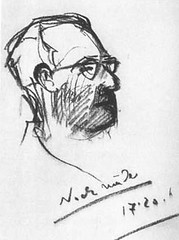
"I have nothing to say about this last drawing," the patient comments, "it is bad and uninteresting, I want to go home now."
So the attitude toward the drug at the time was one of optimistic curiousity. Later MDMA, otherwise known as "ecstasy," would be thought to have the same therapeutic properties. In the coming years, as hippies and counter-culture heroes like Timothy Leary lauded LSD for its mind-bending qualities, it became stigmatized and Crick, always quick to protect his legacy, threatened to sue anyone who wrote about his flirtations with the chemical.
Friday, March 30, 2007
Interesting Drug
Labels:
DNA,
Francis Crick,
LSD
Subscribe to:
Post Comments (Atom)
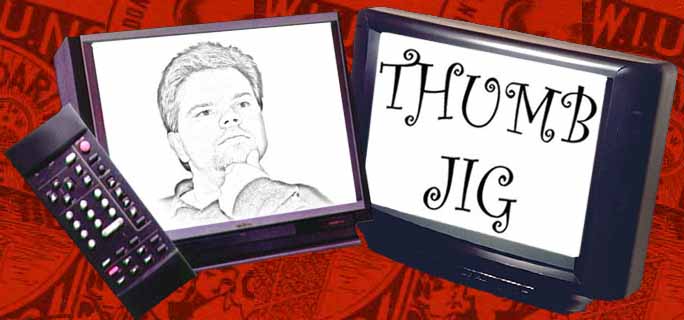

No comments:
Post a Comment